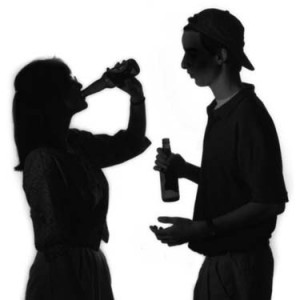The 2010 revised alcohol section of the Dietary Guidelines Advisory Committee report included some alarming changes. The guidelines would radically alter the definition of “moderate drinking” by increasing the daily consumption suitable for men and women, despite lack of randomized studies on the health effects of alcohol consumption. Many addiction specialist are protesting this potentially dangerous public health message.
Previous Dietary Guidelines for alcohol consumption outlines the “safest” amount being two drinks per day for men and one drink per day for women. The 2010 Advisory report proposed guidelines based on average, rather than daily, consumption. And the report defined “moderate” (a.k.a. “safe”) drinking as up to four drinks per day for men and three drinks per day for women (so long as the average limits are not exceeded: 3 days a week or less).
However, specialists worry that by relaxing these guidelines some may increase their drinking to these new levels (doubling daily intake for men and tripling it for women), and find the new guidelines to be neither safe nor desirable from a public health perspective. Currently, four drinks for men and three drinks for women fall just short of amount defined as “binge” drinking. However, epidemiologic studies have found an increased risk for unintentional injuries (car crashes) as well as chronic diseases and substance abuse with these levels of drinking. This is especially true for women. We’ve posted before on this blog the dangers that alcohol pose for women. Click here to read how that second glass of wine can actually have the adverse effects of the first one.
With no evidence supporting that 4/3 drinking guidelines are safer than 2/1, many find these proposed guidelines to be ill-advised with the possibility for adverse social consequences. And they are encouraging those in the drug and alcohol field to speak up against these changes.







